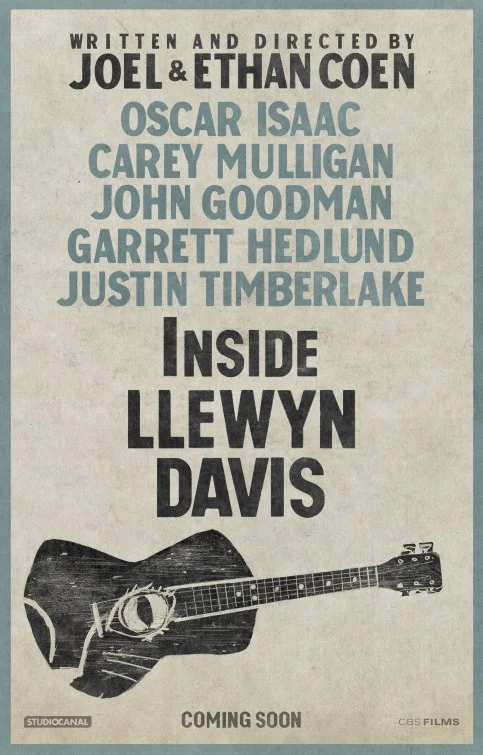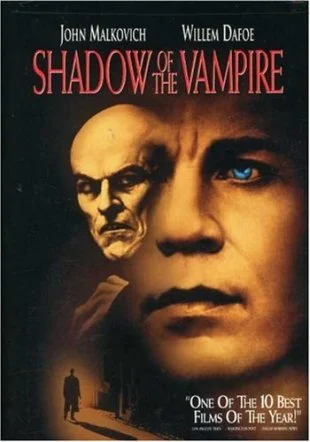RKO 281
While it has been some time since I’ve seen Citizen Kane, the film lauded by critics as the greatest film of all time, I am certain that RKO 281 (1999) is not a fitting tribute to the classic. With a wooden script riddled with cliches, a camera that attempts grand shots only to fall into banality, and actors not up to the task of elevating a mediocre script, this is a film about Hollywood that falls far short of the subject’s best output.
The screenwriter John Logan has an impressive list of big Hollywood films to his name, some beloved and some drivel. In his career timeline, this film falls just before his breakout film, so the rough edges of a young writer are quite evident. The script relies on cliches in place of real conversations fueled by real emotions. When Orson Welles is in danger of losing his film, he flips a table, accuses his boss, then turns around to beg forgiveness, all in the span of about 30 seconds. Not even Liev Schreiber, who portrays the main character, can salvage the middling script full of unmotivated twists and turns. He swings his performance in a range of emotions without internal reason, but apparently because the script told him to do so. Scenes constantly look staged and feel acted, rather than driven by true emotions or motivations emerging from environment and persona.
The real historical story is fascinating enough, but Logan added events to fit his narrative and placed characterizations over real people to make it convenient for his story. Characters in their present are aware of the way history has portrayed them, which is just not realistic. All this culminates in Welles and Hearst meeting in an elevator on the night of the movie’s premiere. which just seems like an incredibly convenient way of having the two main characters interact; because of the treatment of other events, it surprised me to learn that this meeting actually happened.
Moving beyond the script, the camera attempts to capture the technical tricks of the film it is portraying, but fumbles in its pursuit of sophistication. The filmmaking lacks consistency and indulges in tricks during sequences that don’t actually add to the scene, but rather seem aware of the style it is trying to emulate. Unfortunately, the choices don’t usually make a statement that adds to the film’s visual language. For example, during a dark and stormy night that features an argumentative sequence between two main characters, the camera goes handheld to show one of the character’s drunk mental state. Rather than place a comment on the scene, it isn’t executed well, sticks out from the rest of the film’s style, and provides a distraction instead of being artistic (their presumed goal).
Other technical and formal choices were sloppy, pushing the film over the edge to very bad. The end features a fade before a character had finished delivering her line - either was a bad editing choice or careless or attempting high art and failing. The sound design is awful, lines are clearly dubbed. The one saving grace is the production design and costumes, which exude the historical time period and give the locations a grounding in reality. The various locations they filmed as the Hearst mansion, although not the actual castle, were still grand and beautiful when captured on film.
The film, while frustrating to watch for the story structural failings and technical sloppiness and uninspired acting, did have the effect of making me want to watch Citizen Kane again, if only to view an elevated form of filmmaking.






